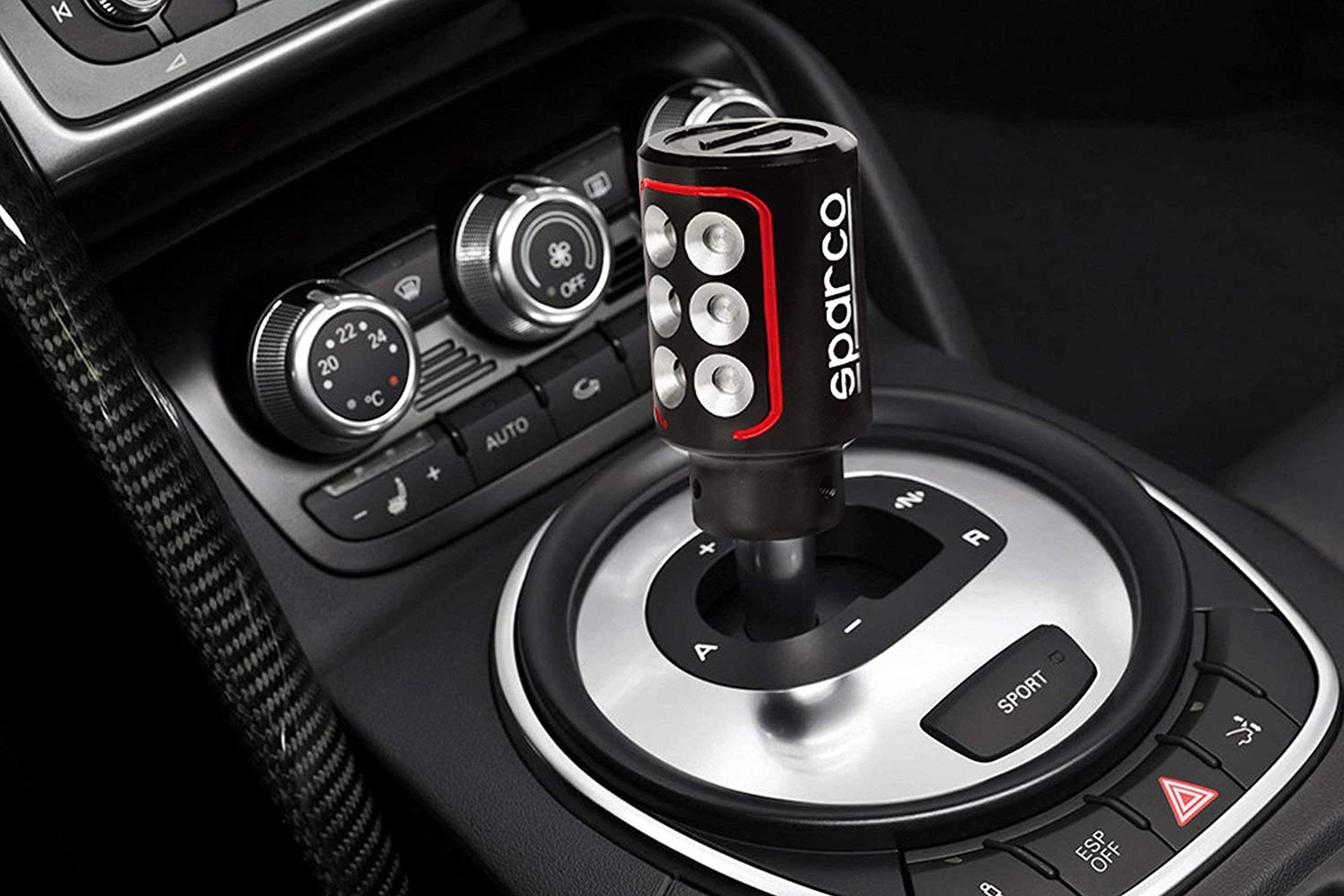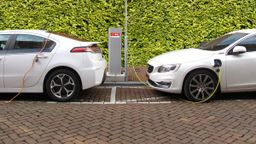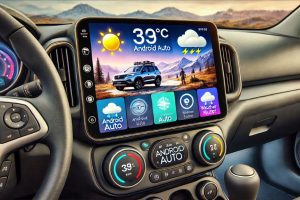This is the real reason why electric cars do without gears and how this feature becomes unnecessary and inefficient, although many drivers are horrified by the idea of driving a 100% automatic car.
In recent years, we have witnessed a radical transformation in the automotive industry with the rapid adoption of electric vehicles. They have gained ground not only because of their driving experience, but also because of their commitment to the environment.
Growing awareness of the importance of reducing carbon emissions and promoting sustainability has fueled the popularity of these cars, which have become an attractive option for consumers concerned about environmental impact.
This shift towards electric mobility represents a significant milestone in the search for cleaner and more efficient transport solutions.
Although there is a greater number of electric cars on the market, there are still doubts among users about its operation. One of the most recent questions is whether electric cars have gearssince the uncertainty lies in how they manage to move smoothly without the need for traditional gear changes.
This question raises an interesting debate about the transmission system used in these vehicles and how they manage to optimize their performance without the presence of a conventional gearbox.
Do electric cars have gears?

It is relevant to note that electric cars do not need a multi-speed transmission due to the characteristics of their engine. He torque it is constantly available in any rpm range. As a result, gear changing becomes unnecessary and inefficient.
Unlike internal combustion vehicles, electric ones harness the instantaneous power of the engine, providing smooth, continuous acceleration without interruption. This drivetrain simplicity not only enhances the driving experience, but also contributes to fuel efficiency and optimum performance.
On the other hand, the electric motors also have an electronic control system that regulates and adapts the power, as well as the speed automatically. This conveyance is single speed, further simplifying the drive system and reducing maintenance.
However, some models of electric cars instead of having gears, they offer drive modes to compensate for this feature. They usually include standard mode, high performance mode and eco mode for low power consumption.
It should be noted that these modes are not changes, and the manufacturers do not want to represent them as such, but they affect the autonomy of the vehicle while driving on the road.
In summary, electric vehicles do not have a gearbox because the motors provide a wide range of torque and speed, eliminating the need for gears to maintain optimal performance. In addition, it contributes to a smoother, more efficient and emission-free drive.
There are reports that manufacturers such as Toyota, under the Lexus brand division, are developing a solution to implement gear changes for electric cars that replicate the manual transmission experience. However, there is no release date and no more information about it.













![[Img #74683]](https://thelatestnews.world/wp-content/uploads/2024/12/The-main-mistakes-to-avoid-when-betting-on-electronic-sports-300x200.jpg)